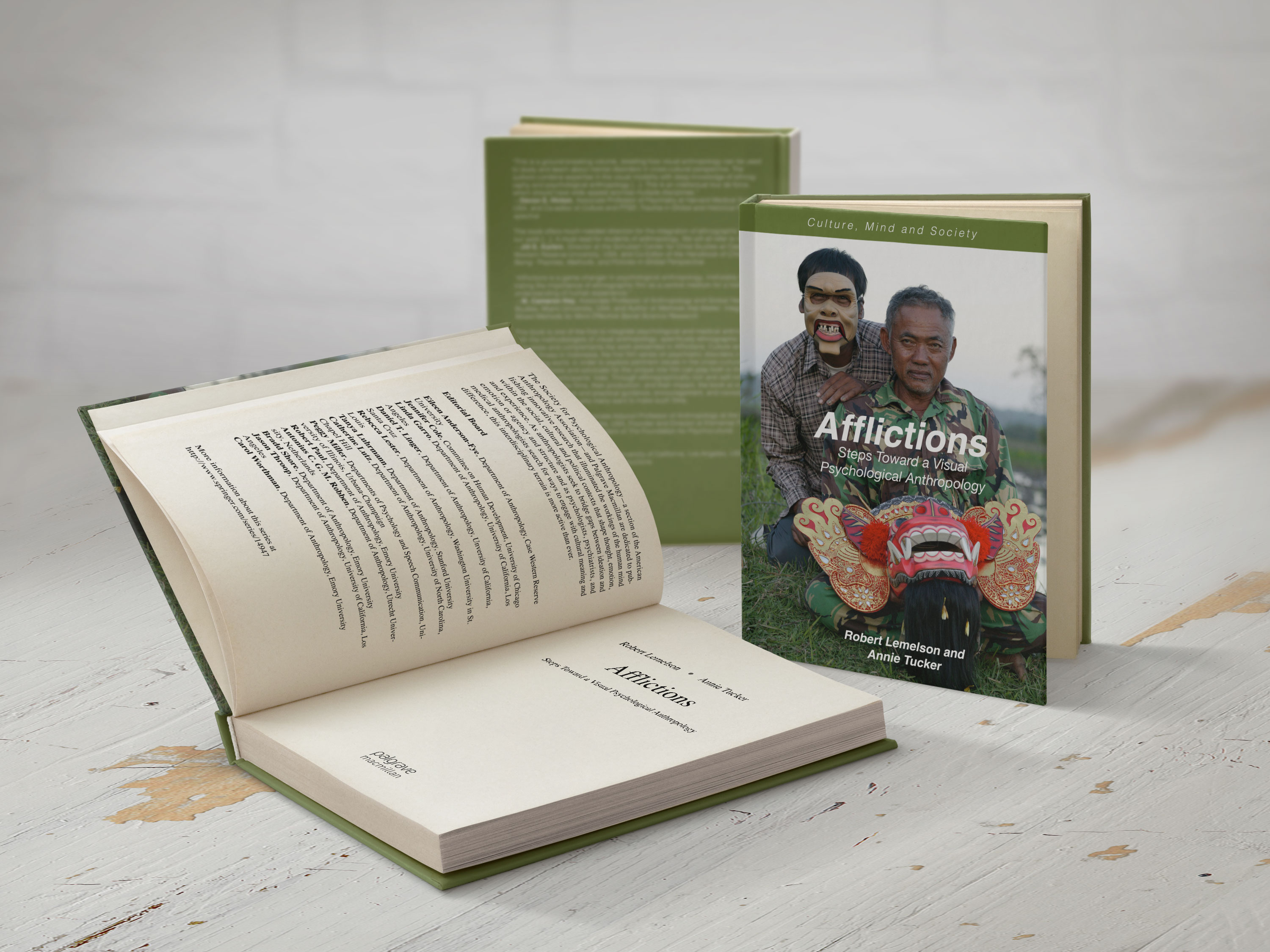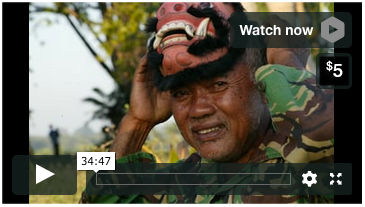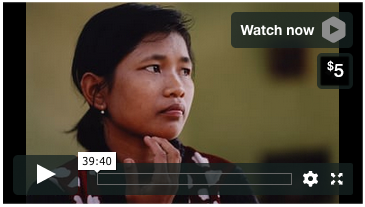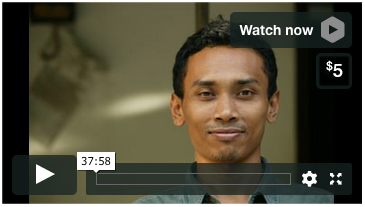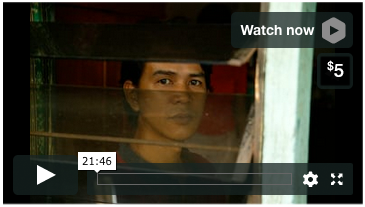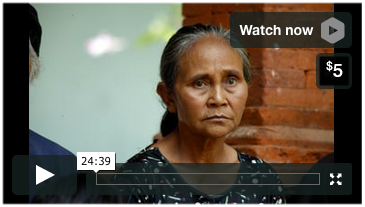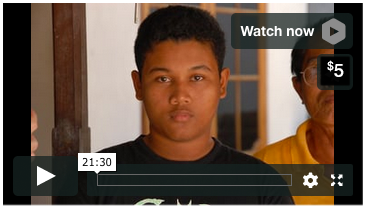-
This book is one of the first to integrate psychological and medical anthropology with the methodologies of visual anthropology, specifically ethnographic film. It discusses and complements the work presented in Afflictions: Culture and Mental Illness in Indonesia, the first film series on psychiatric disorders in the developing world, in order to explore pertinent issues in the cross-cultural study of mental illness and advocate for the unique role film can play both in the discipline and in participants’ lives. Through ethnographically rich and self-reflexive discussions of the films, their production, and their impact, the book at once provides theoretical and practical guidance, encouragement, and caveats for students and others who may want to make such films.
Afflictions
Steps Toward a Visual Psychological Anthropology
Trailer
Endorsements
“… Afflictions demonstrates the transformative potential of joining ethnographic film and writing for exploring [investigating, understanding] the psychological complexity of living with what we call “mental illnesses” over time in distinctive cultural worlds… constitutes ‘visual psychological anthropology’ as a vibrant new subdiscipline and model for person-centered ethnography… provides the potential for re-imagining how psychological anthropology can be done…”
—Byron J. Good, Professor of Medical Anthropology, Department of Global Health and Social Medicine, Harvard Medical School
“Film has the unique power to engage and explore diverse experiential worlds. Over the last two decades, Robert Lemelson has created a unique series of ethnographic films that open windows onto the experience of mental health and illness in cultural context. Informed by a deep appreciation of cultural and clinical realities, this work is unparalleled in its effort to follow the life trajectories of people struggling with mental health problems.
This body of work is an extraordinary contribution to medical and psychological anthropology and cultural psychiatry. This book complements the films and goes beyond them to reveal the filmmaker’s challenges, strategies and reflections on the situated nature, ethics and pragmatics of storytelling through film. Together, the films and book provide exceptional resources for teaching and learning anthropology and psychiatry.”
—Laurence J. Kirmayer, James McGill Professor and Director, Division of Social and Transcultural Psychiatry, McGill University
“This is a ground-breaking volume, detailing how visual anthropology can be used to study and teach about mental disorders in cross-cultural perspective. The authors combine expertise in the visual modality with deep knowledge of ethnography and psychological anthropology […]. This is an intellectual tour de force, which should have wide appeal across multiple disciplines.”
—Devon E. Hinton, Associate Professor of Psychiatry at Harvard Medical School, USA, and Co-editor of Culture and PTSD: Trauma in Global and Historical Perspective
“This book offers much-needed direction for the integration of ethnographic film in our work […]. A must read for students of anthropology. We will all refer to it often.”
—Jill E. Korbin, Director at the Schubert Center for Child Studies at Case Western Reserve University, USA, and Co-Editor of the Handbook of Child Well Being: Theories, Methods, and Policies in Global Perspective
“Afflictions is a game changer in psychological anthropology, irrefutably illustrating the importance of ethnographic film as a central medium for a holistic understanding of human experience.”
—M. Cameron Hay, Associate Professor of Anthropology and Global Health Studies, Miami University, USA, and Author of Methods that Matter: Integrating Mixed Methods for More Effective Social Science Research
Chapters
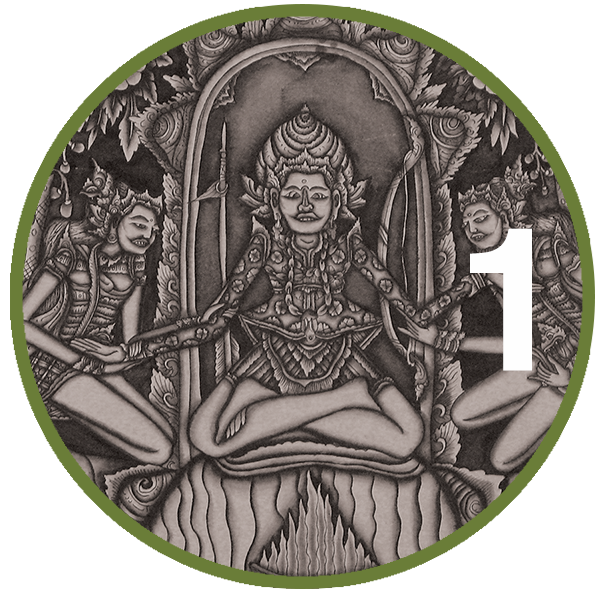
Visual Psychological Anthropology: A Vignette and Prospectus
The chapter proposes ethnographic film can be a meaningful method in psychological anthropology, specifically recommending adapting the technique of person-centered ethnography (PCE) to visual psychological anthropology (VPA). VPA can be used to create films that are character-focused, affective, and experience near, rendering internal and intersubjective worlds in a culturally contextualized manner. VPA can faithfully depict the subjective experience of mental illness specifically by de-emphasizing diagnosis and symptomatology in favor of emotion and character development. Calling upon the six-part Afflictions series, the first documentary series about mental illness in the developing world, as an example of VPA, the chapter introduces the films to be discussed throughout the book: The Bird Dancer, Kites and Monsters, Family Victim, Ritual Burdens, Memory of My Face, and Shadows and Illuminations.
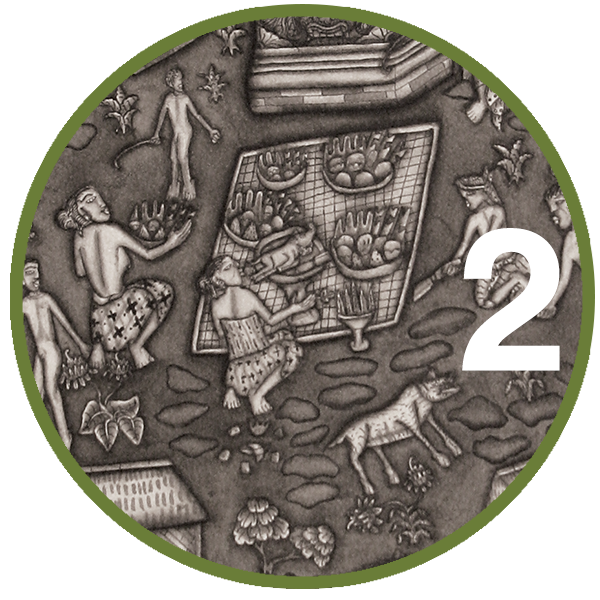
Perspectives on Integrating Ethnographic Film into Psychological Anthropology
The chapter reviews different historical and theoretical movements in ethnographic film and psychological anthropology that provide a foundation for visual psychological anthropology (VPA). It traces 20th century developments in popular cinema and documentary, attending to ethnographic film pioneers such as Marshall, Asch, Mead and Bateson; exploring relevant trends such as direct cinema and experimental ethnography; and drawing parallels to the methodology, main concerns, and trajectory of psychological anthropology—as reflected in recent theory and ethnography—in the increasing concern with subjectivity, phenomenology, and textured individual accounts. VPA proves to be a synergistic practice that extends the toolkit of psychological anthropologists while offering an invigorating approach towards ethnographic film, even when depicting sensitive and fraught issues around mental illness.

Culture and Mental Illness Outcome in Indonesia
Authors revisit classic topics in the cross-cultural study of mental illness, such as explanatory models and treatment modalities; review literature and key concepts in the psychiatric and ethnographic study of mental illness in Java and Bali, where Afflictions takes place, including local histories of mental health care, subjective experience of illness and treatment, and sociocultural aspects of recovery; and relates these to their representation in the series. Afflictions presents its findings using six character-based case studies to make psychological anthropology concepts tangible. Film is well suited to such studies when imbued with emotion, conflict, and other forms of “real-life” drama. The crosscutting themes—and idiosyncrasies—are further elaborated in the next part of the book, each chapter of which addresses a different film.
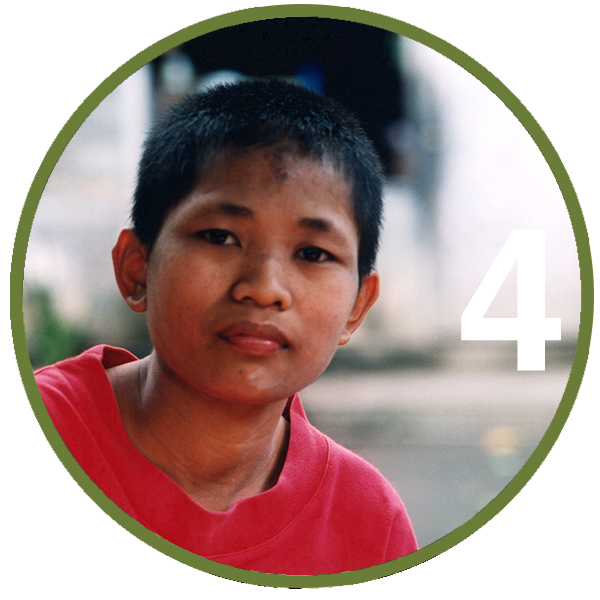
The Bird Dancer: Recognizing Social Rejection and Suffering
The ethnographic film The Bird Dancer depicts Gusti Ayu, a young Balinese woman diagnosed with Tourette Syndrome. Gusti’s symptoms are moderate but largely unfamiliar in rural Bali, eliciting concern, fear and ridicule in her family and community. Gusti has spent years pursuing unsuccessful traditional and Western treatments while struggling to overcome the stigma and suffering that has resulted not primarily from her Tourette, but from the web of cultural significance spun around it. After presenting Gusti’s life story, the chapter conducts an intersectional analysis of her experience as informed by traditional healing therapeutics; gendered habitus and family practices; and the Balinese Hindu caste system. It then reflexively examines the role of psychiatric treatment and empathetic listening in Gusti’s personal trajectory and the filmmaking process.
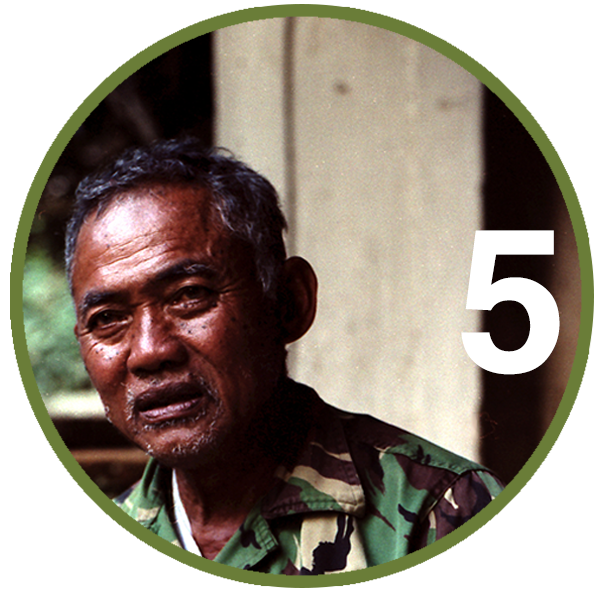
Shadows and Illuminations: Interpreting and Framing Extraordinary Experience
The ethnographic film Shadows and Illuminations focuses on Kereta, a rural Balinese man in his sixties, who lives in two worlds: the world of his family and community and the world of the spirits. Kereta has been diagnosed with paranoid schizophrenia but his experiences skirt the borders of cultural and spiritual norms, simultaneously manifesting and exceeding Balinese beliefs about the supernatural world and the possibilities for human interaction with it. After presenting Kereta’s life story, the chapter explores how culturally non-normative states of consciousness and their developmental, biographical and historical roots and connections, are subjectively experienced and socially contextualized with a particular focus on ngeb, a Balinese idiom of distress encompassing trauma reaction, social withdrawal, and silent political protest.
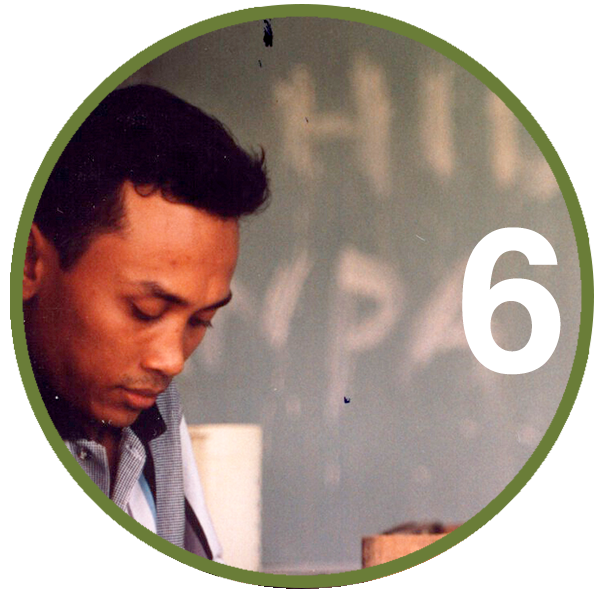
Family Victim: Encountering Deviance and Representing Intersubjectivity
The ethnographic film Family Victim explores the bi-directionality of cultural and family context on the development of someone behaviorally quite different from the norm. Estu is the so-called “bad coconut” of a respected Javanese family. His disruptive patterns of conduct have stressed his relationships and threatened his marriage, eliciting multiple explanatory models for his “troubled and troubling” life course, including the Indonesian idioms of distress amok/ngamuk and spirit possession, and the globalized folk diagnosis of psychopathy. By tracking the anthropologist’s attempts understand Estu’s deviance and his family’s response to it, the film and the chapter demonstrate the forms of analytic consciousness an anthropologist goes through in making sense of a subject and illustrate how the intersubjective reality that takes shape influences relationships, the filmmaking process, and finished film.
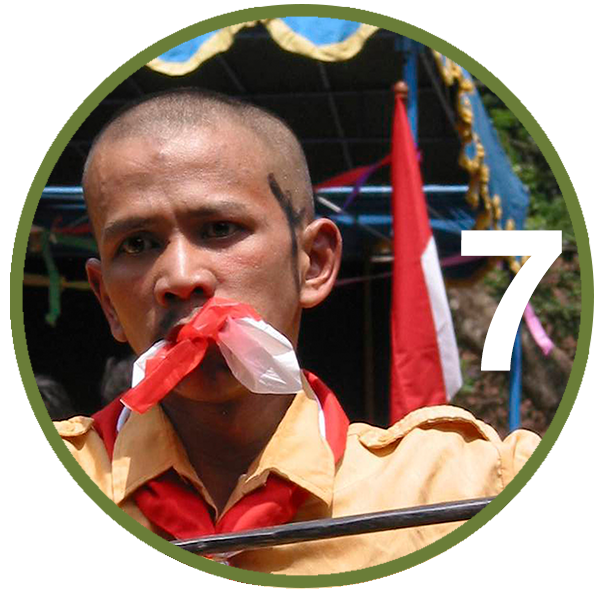
Memory of My Face: Globalization, Madness, and Identity Onscreen
The ethnographic film Memory of My Face features Bambang, a university-educated Indonesian man living in the outskirts of Jakarta, Indonesia’s largest metropolis. Now in his mid-thirties and diagnosed with schizoaffective disorder, Bambang has had episodes of euphoric mania and delusions since he was a sophomore in high school. After sharing his life story, the film and the chapter pay particular attention to the way residues of colonialism and the pervasive influence of globalization affect the subjective experience of his illness, moving beyond biological psychiatry to demonstrate that the content of manic speech and delusions have meaning. This ethnographic argument is mirrored in the filmmaking process and the film narrative, which moves from a sense of strangeness to one of empathy.
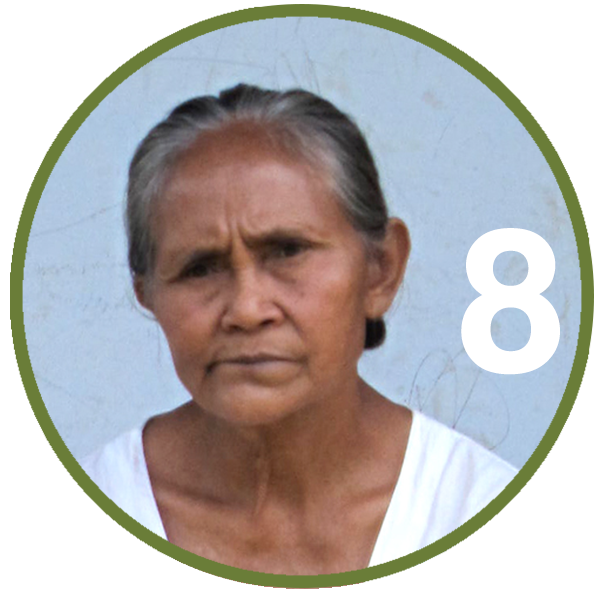
Ritual Burdens: Culturally Defined Stressors and Developmental Progressions
The ethnographic film Ritual Burdens follows Ni Ketut Kasih, a Balinese woman whose ceremonial obligations trigger episodes of behavioral disorder and emotional disturbance for which she has been hospitalized over 35 times. Ketut’s case exemplifies a personal schema of stress wherein cultural obligations, traumatic historical events, biography, and neurobiology overlap to trigger cyclical episodes of mental illness. At the same time, Ketut’s story exemplifies the benefits of family support, impersonal attribution, and non-stigmatizing labeling when living with a chronic, disruptive and emotionally dysregulated condition. The chapter discusses Ketut’s shifting attitudes towards the filmmaking process, from enthusiasm to the pain of watching herself age, struggle with illness episodes, and exhibit the side effect of her tardive dyskinesia onscreen.

Kites and Monsters: Continuity in Cultural Practices
The ethnographic film Kites and Monsters follows Wayan Yoga, a Balinese boy diagnosed with Tourette Syndrome, discovering the protective aspects of culture that may interact with developmental neuropsychiatric processes. At six years old, Wayan Yoga is energetic, loves to fly b kites, and is obsessed with the monsters of Balinese mythology. His various movements cause his parents to seek diagnosis and treatment, but a stable cultural context that provides opportunities for normalization these helps successfully guide Wayan into a well-adjusted and productive Balinese adulthood. Discussion addresses the special circumstances and opportunities that arise in longitudinal filming with a child maturing into adulthood. In closing, this chapter re-visits the “outcome paradox” in the cross-cultural study of mental illness and neuropsychiatric disorder.
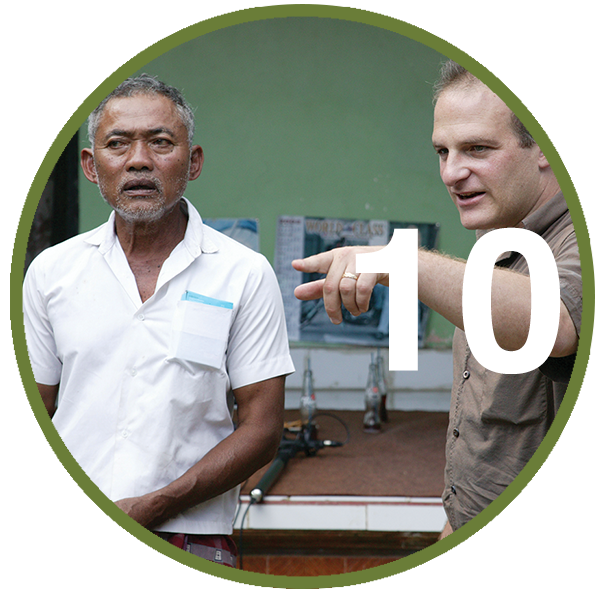
The Process of Visual Psychological Anthropology
Moving through the filmmaking phases of preproduction, production and postproduction, this chapter answers “how to” questions from theoretical, practical, and personal perspectives, using the Afflictions films as examples. It covers risks and benefits of different filmmaking methodologies, proposes techniques that espouse psychological anthropology’s theories of culture, and details effective visual storytelling strategies. Topics covered include conceptualizing an “emergent” ethnographic film; practicalities in prepping and shooting; data management; adapting person-centered ethnography to get intimate material; evoking emotion across cultural differences in self-presentation; shooting B-roll and re-enactments; using diverse stylistic devices to evoke internal and cultural worlds; transcription and translation; the use of voiceover; sound design and soundtracks; seeking feedback and participation from film participants; and understanding film and writing as complementary modes of inquiry and analysis.
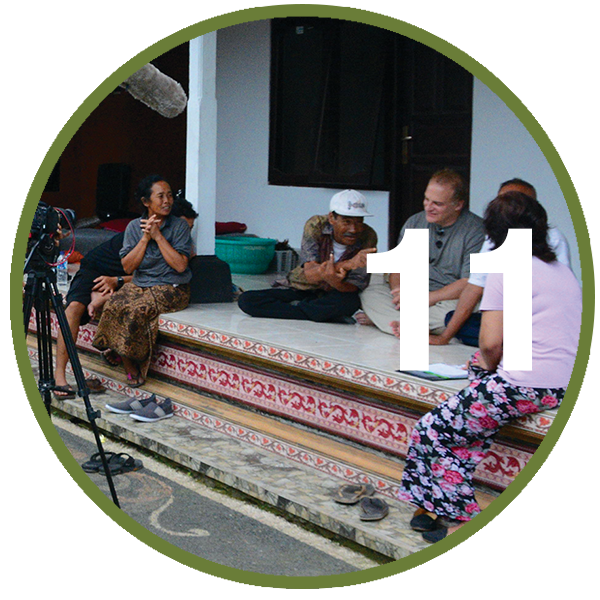
Collaboration, Intervention, Compensation, and Ethics
The chapter turns to interpersonal and ethical issues in visual psychological anthropology(VPA), self-reflexively using the Afflictions films as examples. First addressed are models of collaboration with filmmakers, professionals, and local colleagues in the field; next come interactions with and impacts on film participants. The authors question academic and personal outcomes of using VPA; whether or not participation in VPA could be considered “therapeutic”; and how to approach covering long-debated issues of compensation, intervention. The subsequent ethical discussion follows American Anthropological Association guidelines. The expression of these in visual psychological anthropology are covered as is to adhere to them when conducting research in contexts of violence and trauma; the complexity of obtaining true consent from film participants who are also friends and who may be at times compromised due to mental illness; shifting motivations for participation and the way off-screen relationships impact filmmaking process and final choices made in film.
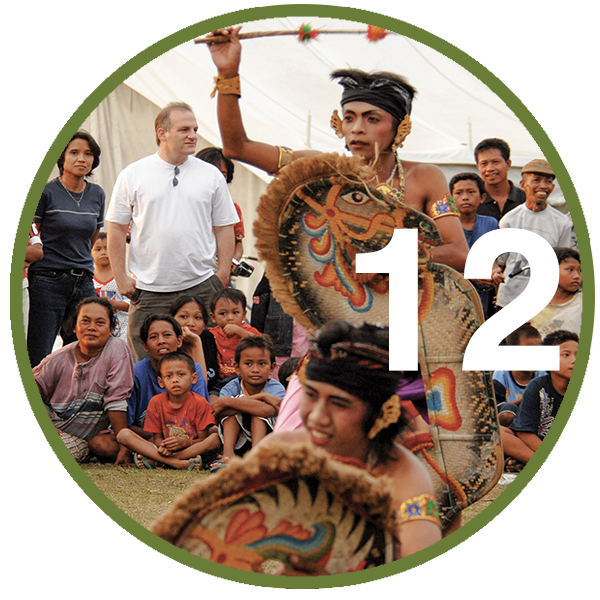
Visual Psychological Anthropology: Implications for Teaching and the Future
The book concludes with recommendations for the dissemination of visual psychological anthropology and its use in psychological anthropology pedagogy, public presentations for colleagues and specialists, and the wider digital public sphere. The chapter puts forth some potential directions and prospects for a visual psychological anthropology, gesturing towards the challenges and opportunities ahead for an ethnographic film that is resonant and integrated with the methods and insights of contemporary psychological anthropology.
Watch the Film Series
Afflictions: Culture and Mental Illness in Indonesia
Afflictions: Culture & Mental Illness in Indonesia is a documentary film series that examines the lives of severely mentally ill people living on the Indonesian islands of Bali and Java. Afflictions is based on more than a decade of clinical ethnographic research conducted by documentary filmmaker and anthropologist Dr. Robert Lemelson.
Each of the six films—Memory of My Face, The Bird Dancer, Family Victim, Ritual Burdens, Shadows and Illuminations and Kites & Monsters— tells the story of the diagnosis, care and treatment an Indonesian suffering from a mental disorder and looks at the impact of culture, family and community on the course of their illness. Themes emerge with universal impact: how family members treat the mentally ill shapes outcomes, both positive and negative; culture has the power to protect and buffer the mentally ill or exacerbate their condition; to understand the experience of the mentally ill, it is essential to understand their cultural universe and values; and finally, pharmaceutical treatment can be effective or unsuccessful.
Explores how unusual events and behavior, including auditory and visual hallucinations, can be understood or interpreted outside the confines of Western psychiatry
Shadows and Illuminations follows an older Balinese man, Nyoman Kereta, as he struggles with the intrusion of spirits into his consciousness. Kereta says he has been living in two worlds, the world of his family and community and the world of the spirits, for the past 40 years. His experiences skirt the borders of cultural and spiritual norms, simultaneously manifesting and exceeding Balinese beliefs about the supernatural world and the possibilities for human interaction with it.
Kereta’s reported experiences seem credible or explicable to some, bizarre and extraordinary to others, enigmatic or doubtful to his wife, and the sign of major mental illness to his psychiatrist. The film documents his painful history of trauma, loss and poisoning, and draws on his other family member’s interpretations of how to understand his struggles and distress. Central questions of how to interpret his experiences, and what role a schizophrenia diagnosis entails are explored.
Focuses on the social stigma of neuropsychiatric disorder and the human suffering it entails
In the Bird Dancer, a Balinese woman with Tourette’s Syndrome struggles for acceptance. The film focuses on Gusti Ayu Suartini, a young Balinese woman living with Tourette’s syndrome. Members of Gusti’s small rural community regard her with scorn or pity. Mired in loneliness, Gusti begins to question the meaningfulness of her existence after treatment by Western and traditional practitioners fails.
The Bird Dancer follows her slow, painful, and courageous effort to create an independent life for herself and addresses the profound impact of family and community’s acceptance or rejection on the lifecourse of persons living with a neuropsychiatric disorder.
Examines the bi-directional influences between an individual considered to have disruptive or troublesome personality and his social world
Family Victim follows the ‘bad coconut’ of a Javanese family. The film initially looks at the neuropsychiatric symptoms of a Javanese man from a highly respected family, Estu Wardhani. Over time, interviews with Estu, his family, and traditional healers–who describe him as “different,” “hardheaded,” “lazy,” “spoiled,” and “psychopathic”–reveal a more complex dynamic as his behavior worsens and marriage deteriorates. Only after his father’s death and the birth of his daughter does Estu begin to “live properly.”
Family Victim addresses the universal issue of how families and communities interpret and deal with the behavior of troublesome members. It also examines the bi-directional influences between an individual considered to have a disruptive personality and his social world.
Illustrates how the residues of colonialism and the pervasive influence of globalization affect the subjective experience of mental illness
Memory of My Face focuses on Bambang Rudjito, a university-educated Indonesian man in his late thirties diagnosed with schizoaffective disorder. It explores the “globalized” features of Bambang’s illness and recovery narrative — western psychiatric diagnostics and pharmaceuticals, work opportunities in a rapidly changing urban environment, participation in an interfaith religious community, and his family’s understanding and acceptance of what Bambang describes as a “mental disability.”
But it also considers aspects of Bambang’s more complex, historically and politically shaded narrative, giving language and a deeper substance to his illness experience. Memory of My Face illustrates how the residues of colonialism and the pervasive influence of globalization affect the subjective experience of mental illness.
Highlights the relationship between communal spiritual obligations, ritual practices and cyclic illness episodes
Ritual Burdens focuses on Ni Ketut Kasih who has lived her whole life surrounded by the complex rhythms of the Balinese ritual calendar. Here, participation in ritual events is both a spiritual mandate and social obligation for women who spend countless hours crafting offerings. Ni Ketut’s masterful hand has contributed to her status as a highly respected ceremonial leader. However, the pressures of ritual requirements often overwhelm her, crowding her mind with memories of her difficult childhood during Indonesia’s war for independence.
This may trigger Ketut’s bi-polar disorder episodes, for which she has been hospitalized over 35 times. Ni Ketut’s case reveals the binding associations that may make certain burdens unbearable as cultural obligations, traumatic historical events, and personal experience overlap in unique schemas of stress that trigger cyclical episodes of mental illness. Ritual Burdens questions how communal spiritual obligations may be folded into personal schemas of stress to trigger episodes of mental illness.
But it also considers aspects of Bambang’s more complex, historically and politically shaded narrative, giving language and a deeper substance to his illness experience. Memory of My Face illustrates how the residues of colonialism and the pervasive influence of globalization affect the subjective experience of mental illness.
Delves into the influential and protective aspects of culture that may guide developmental neuropsychiatric processes
Kites and Monsters focuses on a growing boy, Wayan Yoga, and is not so much about illness as it is an exploration of the protective aspects of culture that may guide developmental neuropsychiatric processes. At six years old, Wayan Yoga is an energetic boy who flies kites and is obsessed with the monsters of Balinese mythology. He also has various tics, which move his parents to seek treatment. At twenty, he is a young man planning his career as a chef and an expressive Balinese dancer.
Ultimately, Wayan Yoga’s tics are insignificant to his evolving sense of self-compared to the saturation of symbols, images, and narratives of his culture. While Wayan must learn to negotiate the kinds of movements, interests, and goals that are culturally appropriate, the protective buffer of his family guides him successfully into normative Balinese adulthood.
Contact Us
Request to Review Book
If you would like to review the book for a journal or blog, please visit Palgrave for an online book review copy by going to “Services for this book” on the right and selecting “Access an Online Book Review Copy” to register and request access.
Request for Interview or Speaker
If you would like to interview the author(s) for a podcast or an article or arrange a speaking engagement, please contact us for more information.

